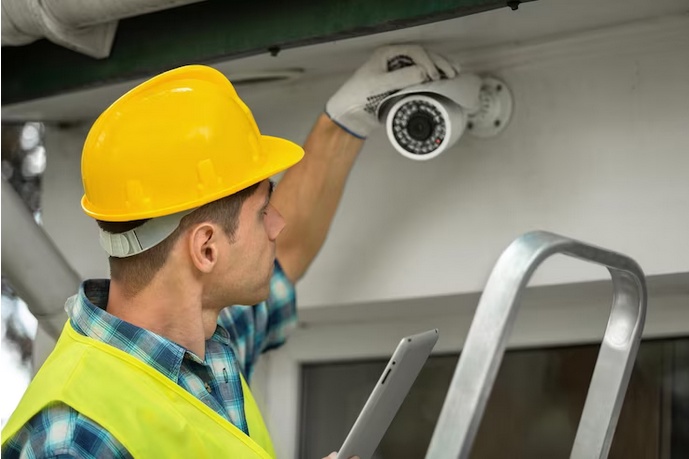Introduction
CCTV surveys of drains have become a cornerstone in the maintenance and assessment of underground drainage systems. This innovative approach utilizes advanced camera technology to inspect and diagnose issues within drainage networks. In this comprehensive guide, we explore the intricacies of CCTV drain surveys, shedding light on the technology, applications, and benefits that make them an indispensable tool in the realm of drainage management.
The Inner Workings of CCTV Drain Surveys
At the heart of CCTV drain surveys is a sophisticated combination of camera technology and flexible cable systems. Compact, waterproof cameras are attached to these flexible cables, allowing them to navigate through the complex network of pipes. The real-time transmission of high-resolution images to a monitor enables drainage professionals to visually inspect the interior of pipes without resorting to invasive and disruptive measures.
Applications of CCTV Drain Surveys
-
Routine Maintenance and Proactive Inspection
The proactive use of CCTV drain surveys for routine maintenance has become a standard practice. Regular inspections help identify potential issues such as blockages, leaks, or structural weaknesses before they escalate into more significant problems. This preventative approach contributes to the longevity and efficient functioning of drainage systems.
-
Troubleshooting and Problem Resolution
When drainage issues arise, quick and accurate identification of the problem is paramount. CCTV drain surveys excel in troubleshooting by providing a detailed visual representation of the interior of pipes. Whether it's a root intrusion, blockage, or structural defect, these surveys offer a precise diagnosis, facilitating targeted and efficient solutions.
-
Pre-construction and Renovation Planning
Before embarking on construction or renovation projects involving existing drainage systems, a thorough understanding of the system's condition is crucial. CCTV surveys provide comprehensive insights, allowing engineers to plan projects with precision and mitigate potential challenges.
The Process of Conducting a CCTV Drain Survey
-
Preparation and Entry
The survey process begins with thorough preparation. Ensuring that pipes are clean and free of debris is essential for obtaining clear and accurate images. The CCTV camera is then introduced into the system through existing access points, such as manholes or inspection chambers.
-
Navigation and Inspection
The flexibility of the cable and camera system allows for navigation through the intricate network of pipes. As the camera progresses, real-time footage is transmitted to a monitor, enabling drainage professionals to scrutinize the images for signs of damage, blockages, or other abnormalities. This step is critical for identifying issues and assessing the overall condition of the drainage system.
-
Recording and Documentation
Throughout the survey, the footage is recorded and documented. This documentation serves as a valuable reference for future assessments, comparisons, and decision-making regarding necessary repairs or maintenance. The recorded footage also aids in tracking changes over time.
Benefits of CCTV Drain Surveys
-
Cost-Effective Maintenance
Regular CCTV drain surveys contribute to cost-effective maintenance by identifying and addressing potential issues before they become major problems. This proactive approach minimizes the need for emergency repairs and associated costs.
-
Minimized Disruption
Unlike traditional inspection methods that may involve excavation and disruption, CCTV surveys are non-intrusive. The technology eliminates the need for extensive digging, minimizing disruption to property and public spaces, making it particularly advantageous in urban environments.
-
Detailed and Informed Decision-Making
The high-resolution images provided by CCTV surveys enable detailed and informed decision-making. Drainage professionals can accurately diagnose issues, leading to targeted solutions and avoiding the guesswork often associated with traditional inspection methods.
Conclusion
In conclusion, CCTV survey of drains have emerged as a transformative technology in the realm of drainage system management. The combination of advanced camera technology, flexible cable systems, and real-time monitoring provides a comprehensive view of the interior of pipes. Whether for routine maintenance, troubleshooting, or pre-construction planning, CCTV drain surveys offer a range of applications that contribute to the efficiency, longevity, and cost-effectiveness of drainage systems. As we navigate the challenges of maintaining underground infrastructure, CCTV drain surveys stand out as a clear path toward proactive and informed drainage management.


No comments yet